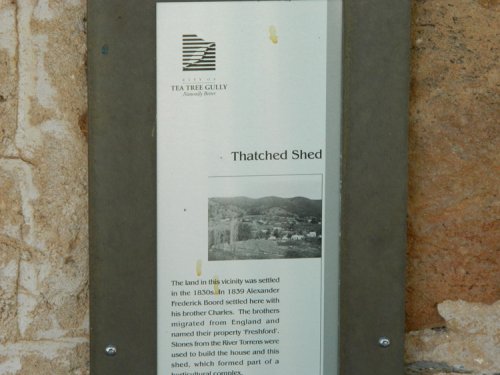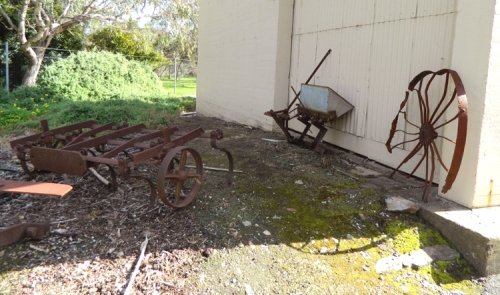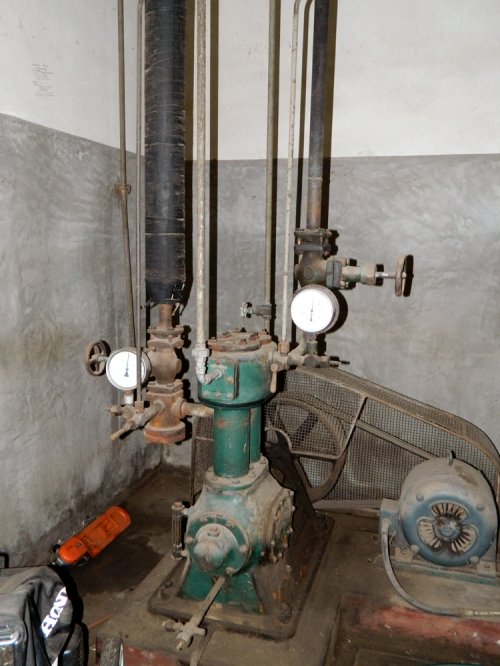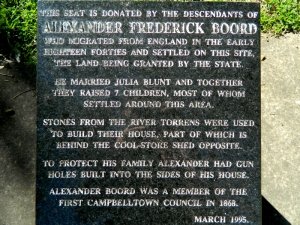In 1992, a heritage survey was undertaken in the City of Tea Tree Gully. One of the heritage places listed in the survey was the “Thatched Shed”, or, as I am more familiar with it, “Boord House”. The description of the house was a good equivalent of two paragraphs, complete with a picture, and some information on the location, but I was admittedly shocked when I saw the number of references these consultants had used: a grand total of two, one of which was an “historic marker on site” – which could have been either the memorial plaque outside the depot, or the little plaque installed on one of the walls of the house.

Of course, I knew that it would be impractical and impossible to gather a substantial amount of information on each individual heritage site, and then compact that information into a summary for each site in a city-wide survey. But another part of me thought, “Really? Only two?”. Naturally, I tried to compare it to my own experience in gathering information on Boord House, and really, I was quite lucky to have been provided with initial research materials: excerpts from books, shipping records, even an entire interview with a descendant from Alexander Boord. And then I considered the extra research materials I had to gather to fill in gaps in the research: construction materials, when they were used, property histories, and so on.
It took me a semester to write up a final report on my findings for my directed study, most of which referred to the significance of the house. It took a considerable amount of effort to compile information on a single site, with multiple visits, to attempt to justify its significance to State history, so I can only imagine the time it would take to cover an entire city’s heritage sites. It really put into perspective the workload and time restrictions consultants may face, even in an area where history is apparently appreciated.
I am very happy to have been able to work on a site with a surprising amount of history, and has attached to much such a historically rich area of Adelaide which I wouldn’t have otherwise known about.
-Antoinette Hennessy, blogpost 4



 What was my point to this?
What was my point to this?

